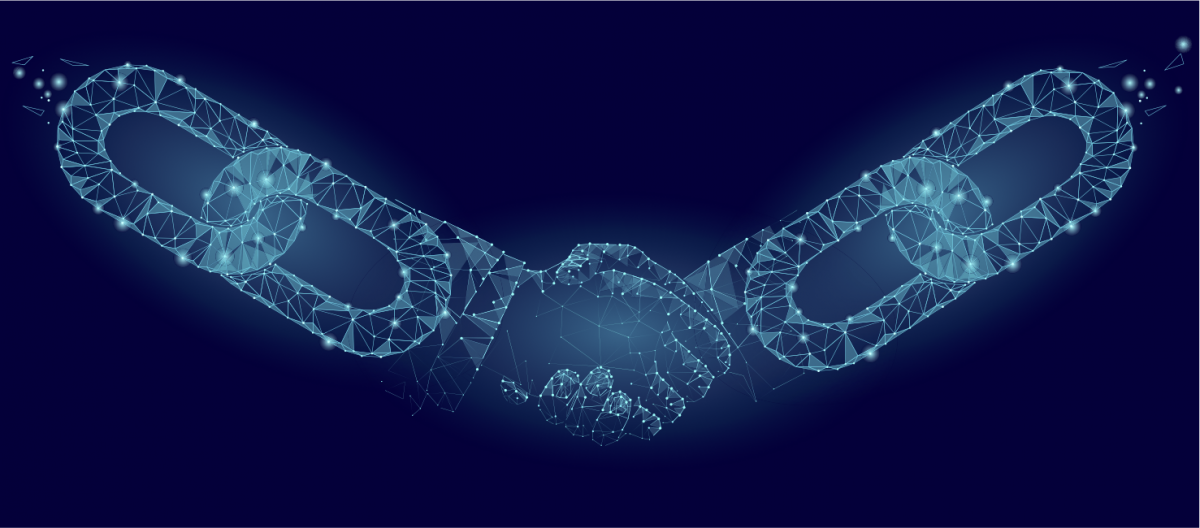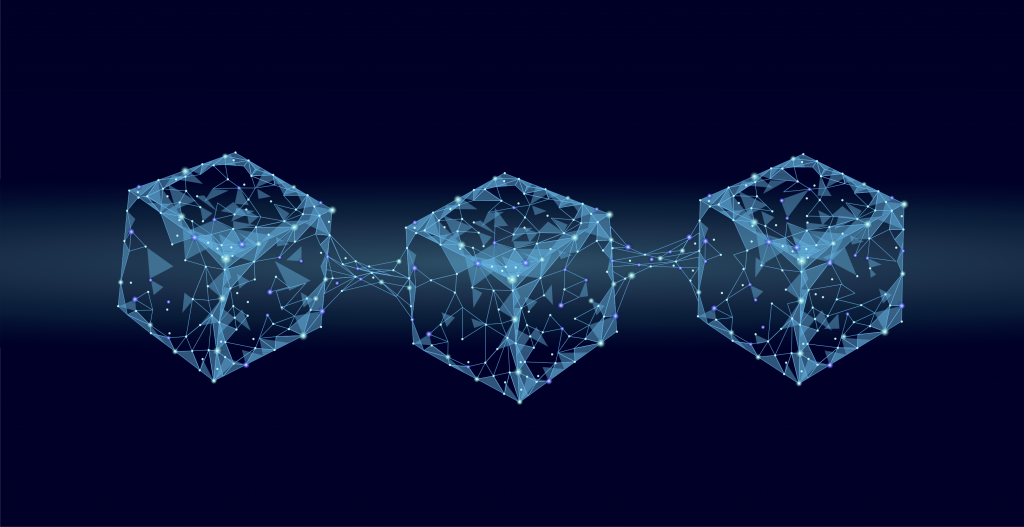
1.1 What is a Blockchain? (Part 1 of 2)
‘Blockchain’, a current buzzword and largely discussed topic that for many is still as confusing now, then it was when it was first brought to the attention of the general public. At BlockUno, we want to breakdown the confusion and keep it simple for you, so more people can understand this advanced technology that is likely to be a huge part of all our futures.
Our Current Blockchain Definition
In short ‘Blockchain’, is an innovative database shared across a network of computers, securely storing information, transactions etc. (the list is limitless).
Blockuno 2020
We title this section ‘Our Current Blockchain Definition’ because it is going to be a work in progress and together, we want to simplify it further to assist more and more people in understanding ‘Blockchain’. Head over to our social media channels to share your Blockchain definitions and let’s try and simplify the above definition further.
But what actually is a Blockchain?
It’s nothing more than a database complete with relevant data, some compare it to a ledger, but it’s simply a space to store all your important information and record transactions. Blockchains have the ability to store data for a range of assets, including; a house, medical records, legal documents but it can also store something that only exists digitally, such as a ‘cryptocurrency’, (another buzzword that was born alongside ‘blockchain’!). Once a record/new block is added to a blockchain, it is permanent and cannot be changed or deleted. Everyone participating in the blockchain system will have access to each individual block added, meaning they are able to see the data stored.
Who created the first ever Blockchain?
One of our favourite Blockchain facts and something that we will discuss further in its own blog, is the fact that no one actually knows who created the first Blockchain back in 2009. Our mystery person/s identity is only known by the pseudonym Satoshi Nakamoto, and it was this individual/s that launched the now famous ‘Bitcoin’ (aka cryptocurrency). However, what many don’t talk about and recognise is the fact this new technology had been researched back in the 1990s, but there was no system created to launch as part of their work. Drop that fact into a conversation with your family and friends and let your new blockchain knowledge shine.

Why was Blockchain first introduced?
If we take ourselves back to 2009, a year that most will remember for the banking crisis, it was a period in time that consequently found members of the public and financial institutions fall into panic mode as our current system for conducting and recording financial transactions had failed us all. It was like the world had put out a job description for a new system, including the following characteristics, efficient, cost-effective, reliable and secure and blockchain was presented in an application for the open vacancy. To better its chances of getting the role, blockchain aimed to address the complexities, vulnerabilities, inefficiencies and costs of current transaction systems and it was at that time that many employed the system in their day to day lives.
What is Blockchain aiming to do?
As mentioned above, there was reason to publish the need for a new system, especially because current methods of transactions that we have always trusted (minted coins, paper money, letters of credit and banking systems) brought a number of drawbacks that were being highlighted more and more. We will move on to discuss these issues, however to answer the current question, blockchain is aiming to tighten the security and even though the distance between buyers and sellers is growing (due to innovations such as telephone lines, credit card systems, the internet and mobile technologies), blockchain wants to allow people to still make efficient and convenient transactions whilst recognising the room for improvement and addressing this whilst tightening security.
Why is Blockchain needed to support our future?
The world is growing, our population is expanding, and transaction volume is no different. As more and more people make transactions on a daily basis, the faults in our current transaction systems are continually highlighted. We live in a world where ecommerce, online banking and in-app purchases are at the centre of our day to day lives and as we couple this with the mobility of people around the world, we have a clear explanation for why transaction volume is multiplying at such a ridiculous rate. There are no signs of our transaction volumes slowing down, the rise of Internet of Things (IoT), including fridges that will automatically order food when supplies are low, or the newly famous self-drive cars (that are rumoured to fill up with petrol as they deliver themselves to your house), it is all adding to the increase. Our focus has to adapt to manage these changes and address the challenges consumers are facing. We need faster payment networks that provide mechanisms to build trust, without the need of specialized equipment, no chargebacks or monthly fees and offer a collective bookkeeping solution for ensuring transparency and trust. And that is where we are led to believe blockchain is our answer.
Looking for more information about Blockchain?
Now that information has been digested, ‘Blockchain’ should no longer be quite the confusing ‘buzzword’ it was previously, and further detail is waiting for you in 1.2 What is a blockchain? (Part 2 of 2), launching 27/03/2020.
No Comments